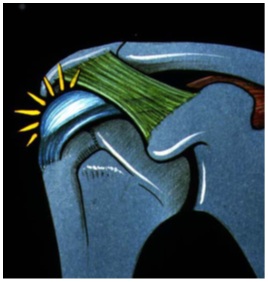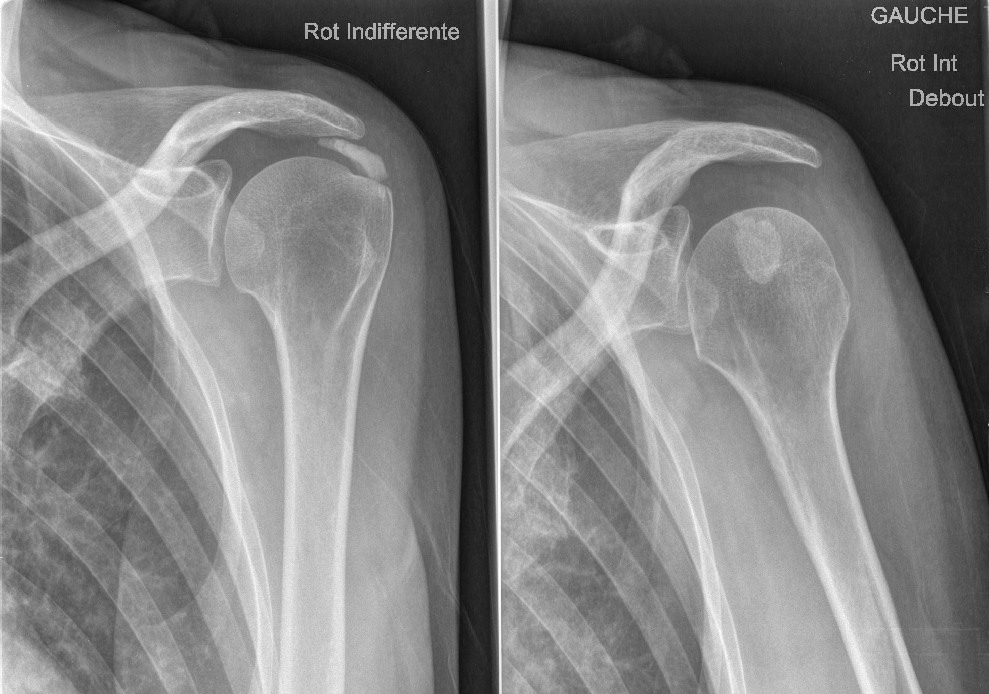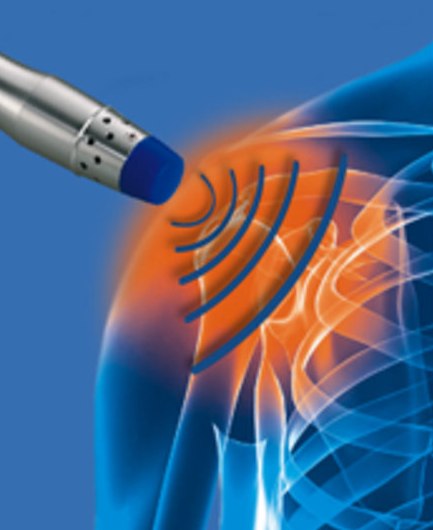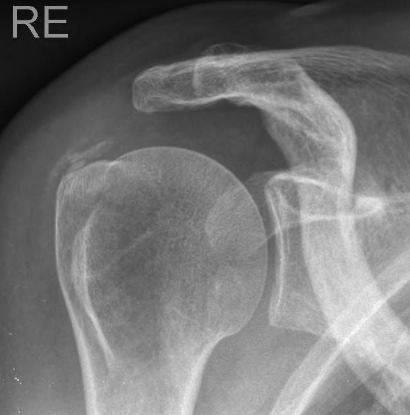Diagnostic :
Diagnosis requires eliminating other causes:
- pain of cervical origin,
- pain related to pain of the acromioclavicular joint,
- retractile capsulitis or algodystrophy,
- osteoarthritis of the shoulder.
There are two types:
In the mature subject (from 40 years old):
the beginning is most often progressive (sometimes a trivial trauma) and often associated with neck pain. the origin is probably not univocal, probably more by tendon degeneration than by subacromial conflict or overwork isolated because:
- aggressive acromions are frequent but not systematic,
- in some cases there are intra-tendinous lesions,
- acromioplasty is not always effective,
- some patients are sedentary.
The treatment is first and foremost medical by eviction of the activities that favor it if there is, rehabilitation, infiltrations.
In the young subject:
When there is no truly identifiable cause, their evolution is often long and the treatments are not very effective …
The treatment is a bit the same as the previous entity with an attempt to change the sporting gesture if possible and indicated.
Let’s insist on the randomness of the results of surgery in such cases.
Calcific tendinitis
The calcifying tendinitis of the rotator cuff is related to the presence of calcifications consisting of hydroxyapatite crystals whose precise origin remains unknown (genetic).
The calcification of the cuff are frequent (5% of the population) but rarely symptomatic (almost a third of cases).
generality
Some calcifications of the cuff cause inflammation (calcific tendinitis) and / or rotator cuff deformity with tendinous (unruptured or ruptured) that are true tendon diseases.
The evolution, when they are symptomatic, is often done in several painful phases before being able to cure spontaneously (= inflammatory pushes). Some do not disappear spontaneously …
This pathology is interesting mostly young women and do not seem related to overwork joint or sub-acromial conflict.
The pains can be related:
- to an intratendinous hypertension most often (especially during development or activity of calcification)
- subacromial conflict secondary to the size or volume of calcification
- inflammation of the subacromial bursa (microcrystalline bursitis) especially during spontaneous or induced phases of resorption of calcification.
- sometimes the pain is such that one may fear a frozen shoulder (sustained hyperalgic stiffness of the shoulder)
They mainly reach the supraspinatus tendon, sometimes the infraspinatus and then the subscapularis.


radiology
Calcification can be well limited, rounded (type A), poly-lobed (type B) or with blurred boundaries, cloudy (type C).
It should not be confused with micro-calcifications that fall within the framework of calcifying enteropathy (at the level of insertion with the bone), witnessing a more conventional non-calcifying tendinitis.
The treatment is first medical
The medical treatment is based on the treatment of the calcification itself (ultrasound, shock waves, triturations) or inflammation of the bursa or secondary subacromial conflict (reeducation, oral and / or local anti-inflammatory agents by infiltration ).


On the other hand, if you continue to suffer while the calcification has disappeared on the radio (a few weeks later), consultation is desirable in order to look for a more classic tendonopathy of the headdress or the long biceps.
Operative suites
The consequences remain like most very long tendon shoulder surgeries (between 3 and 6 months for some) and the major risk is constituted by the occurrence of a retractile capsulitis (more frequent than the risk of developing one spontaneously) .
Recurrence, in case of total excision, is not frequent.
In general, a calcification removed does not recur but it is possible to develop other calcifications (on the same shoulder or the other, on the hip etc …)
